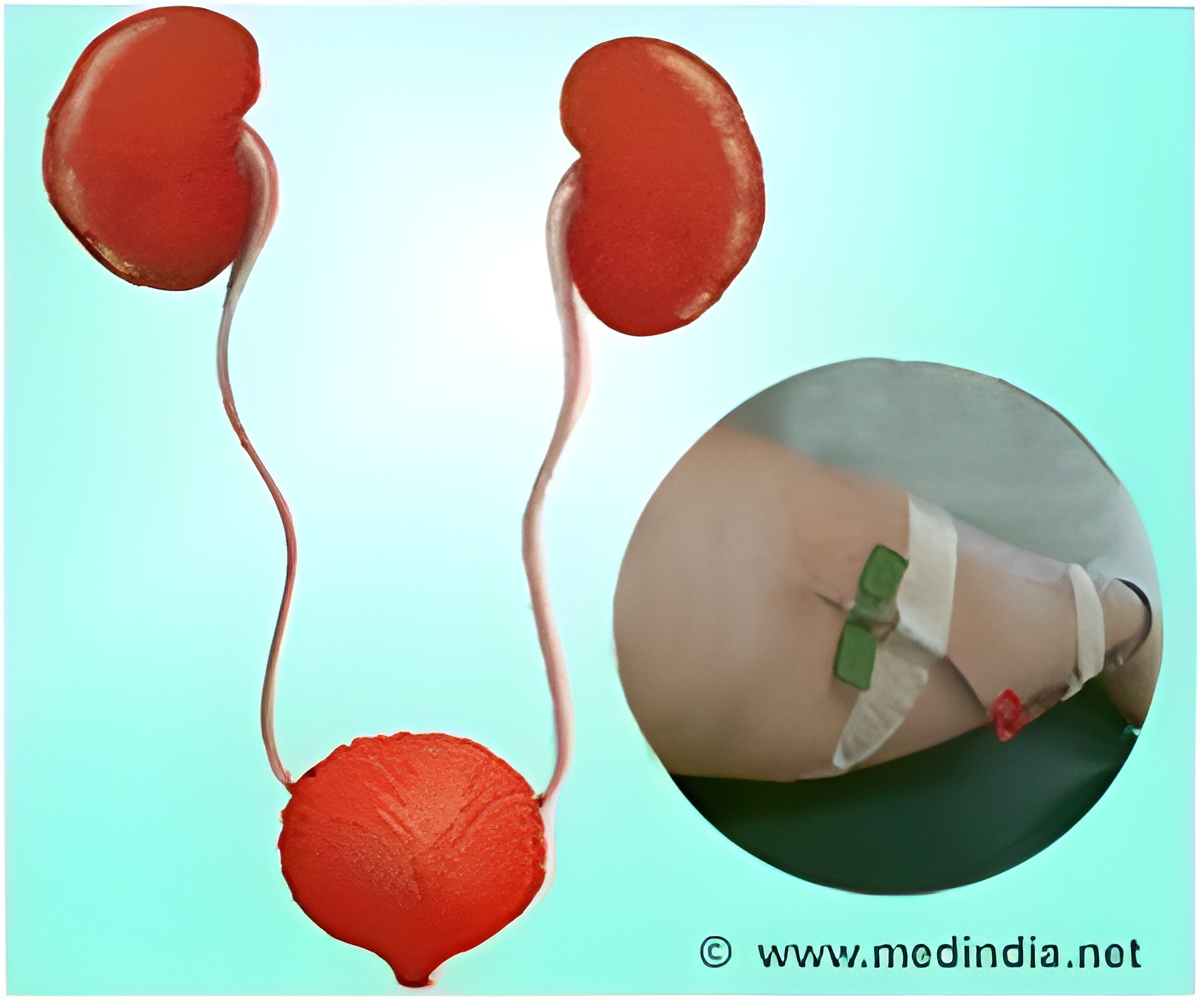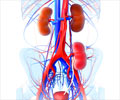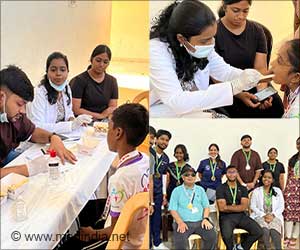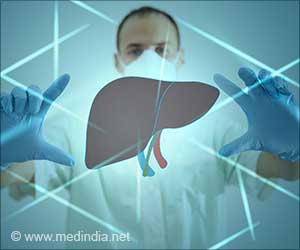
Dr. Patzer and her team looked for characteristics of dialysis facilities that were linked with delayed access to kidney transplantation. When they analyzed Centers for Medicare and Medicaid Services Dialysis Facility Report data from 2007 to 2010, they found that dialysis facilities with a higher proportion of African American patients, uninsured patients, and patients with diabetes had lower rates of kidney transplantation. In addition, facilities owned by for-profit companies and facilities with fewer staff tended to have lower rates of kidney transplantation. The lowest performing dialysis facilities were in the Southeast. "The disparities that we have reported in access to kidney transplantation within dialysis facilities in the Southeastern US are linked to the higher concentration of poverty in this area of the country compared to other regions," said Dr. Patzer. Facilities that had a greater number of staff, that were located in a region with more transplant centers per 10,000 kidney failure patients, and that had a higher percentage of patients who were employed tended to have higher rates of transplantation. The highest performing dialysis facilities were in the Northeast.
"We think these results are important because identifying the regions of the country with the greatest disparity in access to kidney transplantation could help policy makers to direct funding to support solutions to address these disparities, as well as help researchers to develop and test interventions to reduce these disparities," said Dr. Patzer. In an accompanying viewpoint, Dr. Patzer and her colleague Stephen Pastan, MD, suggest various efforts to pursue. For example, low performing facilities could focus on internal quality improvement activities to improve equity, while regionally coordinated policy changes could increase staffing, standardize patient education, and expand Medicaid eligibility.
In a second viewpoint, Titte Srinivas, MD, of the Medical University of South Carolina, notes that the disproportionate lack of access to medical care among kidney failure patients in the Southeast reflects the interaction of patients' socioeconomic and biologic factors with the financial and organizational structure of the healthcare system. Also, organ donation from living donors is limited by the health of the donor population, which in turn is a reflection of population health.
"Increasing transplant rates in the Southeastern US thus demands that the transplant community advocate for change beyond the dialysis unit and the transplant center," he wrote. Dr. Srinivas argues that improving population health is the best way to increase patients' access to transplantation, as poverty and lack of educational attainment are the main barriers to completing steps to successful transplantation. He stresses that an effective system of healthcare delivery will need to use a "top-down" approach so that population health in the Southeast can improve, and he points to the importance of such efforts given the politics that recently blocked Medicaid expansion in the region. "Disruptive change in the financial model of healthcare and advocacy for broader access to healthcare at large are urgently needed to change the current reality of low transplant rates and the overall environment of end-stage renal disease care in the US Southeast."
Advertisement













